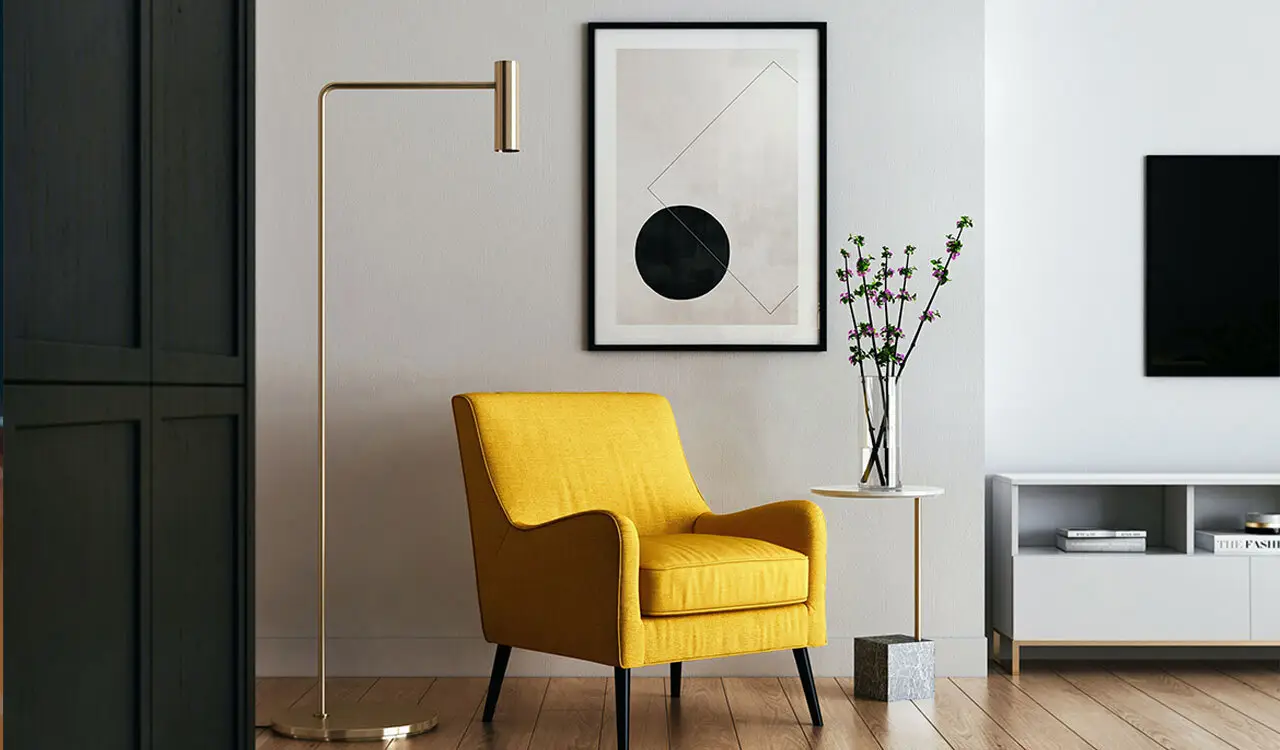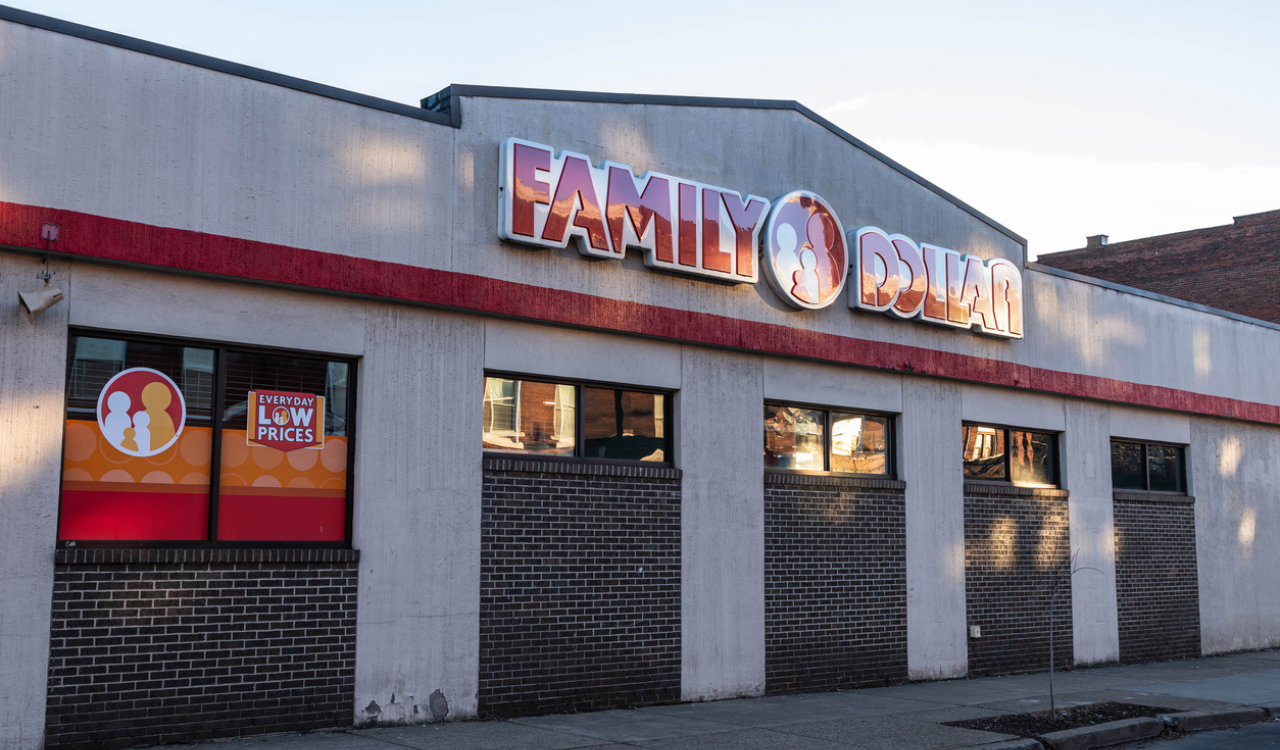During the pandemic, American consumers bought furniture like they didn’t have a stick of the stuff in their homes. Ever since, not so much. Among the consumer product categories riding the biggest retail roller coaster during Covid and thereafter, retailers selling furniture from couches and bedroom pieces to patio sets watched their business explode from home-bound consumers. Then they watched in shock as the business imploded once those very same people escaped and began traveling, going to entertainment events and doing whatever they could wherever they could – as long as it wasn’t in their homes.
The reasons why all these different players are entering or expanding their footprints into the furniture space all make sense. That doesn’t mean they will be successful. And that’s because their timing sucks. With high interest rates, housing activity seriously compromised and consumer demand tepid at best, the furniture business shows no signs of any short-term dramatic turnaround.
Given that the furniture sector is nursing a serious Covid hangover, it has to come as a puzzling conundrum why so many retailers – old and new, large and small – are all deciding now is a good time to get into the business or expand their current efforts. Maybe their expectations are low, maybe they have good reasons that they hope will overcome bad times, or maybe they just don’t know how bad things are…until it’s too late
Furniture Flops
Companies making and selling furniture have always dealt with cyclical economic times and learned to work on smaller margins without much love from Wall Street and other investors. But this time, it’s bad…really, bad. Most measurements put the industry off by double digits from its peak in the 2020-2021 heyday and barely beating prepandemic 2019 results. And even if they are beating those numbers, it’s important to note that it’s largely the result of inflation that has driven up the price of goods as much as 20 or 30 percent.
Recent headlines give the story more specifics. Over the past few months, two larger furniture brands – Klaussner and Mitchell Gold + Bob Williams – have both gone belly up and are being liquidated. A few months earlier another big supplier, United Furniture which sold under the venerable Lane brand, went a similar route.
In October, Z Gallerie, a so-called “lifestyle” retailer, filed for bankruptcy for the third time in less than two decades and it too, is being liquidated. Tuesday Morning and Bed Bath & Beyond, both retailers who sold furniture even if it wasn’t their core business, also went under in the past 12 months.
And virtually every public company in the furniture retail sector – from RH to Williams Sonoma to Haverty’s – has watched their business float into the red side of the top-line ledger in 2023. The private side is probably worse as these public companies are among the best retailers in the industry. That’s how bad it is.
Enter Laughing
Maybe laughing is too cavalier, but the companies coming into the furniture retail space must have smiles on their faces as they look for success. For all these players, the move to furniture sales is driven by three factors: laying home onto existing apparel businesses; using furniture as a way to increase the frequency of purchase for brands with limited assortments; and expanding into physical stores for digitally native sellers that found out the hard way ecommerce alone wouldn’t be enough to sustain their growth.
Take Banana Republic, which fits into the first category. Earlier this year it added soft home like bed and bath first, and then furniture later to its upscale fashion offerings. It’s actually the second time the retailer, a division of Gap, has done this, the first some two decades ago and disappearing not all that long afterward when it didn’t work.
This time, of course, Banana can sell online and won’t depend just on its physical stores for this expansion move. That’s a plus because furniture takes up a lot more space than sweaters and pants, and a customer shopping for a new sofa (it’s what the industry calls a couch even if the rest of the world doesn’t) expects to see multiple choices and wants fully made beds to see and feel in person.
Will it work? The initial introductions play to BR’s monochrome design story, which is not necessarily bad, but it’s not necessarily differentiated either from what shoppers can find at Pottery Barn, West Elm, Crate & Barrel and so many others. Banana will have to stick with this for a while to get customers used to the idea of shopping for furniture in a clothing store. And we know patience is not a retail virtue.
More the Merrier
Then there are the soft home sellers, like Boll & Branch, that have moved into furniture. It’s something a few of their counterparts have done previously. Casper, the mattress brand that was an early pioneer in the field, has expanded far beyond its original products into home textiles, lighting, and other vaguely sleep-related merchandise.
B&B introduced beds, bedroom furniture and even rugs in October and is selling these products both online and in its six stores, with another six planned for next year. The company calls it a natural extension of its product offerings and it is a fact that, but it’s also something else. As with Casper and others, it discovered that its customers might very well love its sheets and towels but once they bought a few they were pretty much done with the brand. By having more products to offer its customers, B&B can increase the number of transactions and continue to keep that customer base engaged. At least in theory.
Let’s Get Physical
Then there are the online furniture retailers who are starting to open physical stores, following the classic DTC playbook as written by eyeglass brand Warby Parker, which now gets the majority of its revenue from its stores, not from ecommerce.
- Maiden Home, which has been selling online since 2017, became the latest this past September when it opened the first of what it says will be a number of stores, this one in New York City’s Meatpacking District. At 4,100 square feet it’s small by furniture store standards but joining neighbors like RH and Arhaus it is in good company for its upscale customer base.
- Other DTC brands got onto this earlier. Burrow has four stores, having opened its first in 2018. That’s the same year another digital brand, Inside Weather, opened the first of its current pair of locations. Floyd, which is quietly owned by La-Z-Boy, opened its first store in Los Angeles last year.
- And let’s include the giant Wayfair family of brands. After resisting going into physical locations for years it finally opened stores for its Joss & Main and All-Modern sub-brands over the past year and is scheduled to open its first Wayfair nameplate in the Chicagoland market next spring.
For all of these, the math is simple. Those customer acquisition costs online are getting pretty pricey, especially as social media platforms raise their ad rates. Having physical locations is a way to meet the customer in person at what should be, ultimately, a lower cost. And with the entire retail world finally coming to the conclusion that omnichannel models that allow shoppers to buy how and where they want is really the only one that’s going to work, the digital startups are just getting with the program.
Logical but Successful?
So, the reasons why all these different players are entering or expanding their footprints into the furniture space all make sense. That doesn’t mean they will be successful. And that’s because their timing sucks. With high interest rates, housing activity seriously compromised and consumer demand tepid at best, the furniture business shows no signs of any short-term dramatic turnaround.
They say that timing is everything so just being in the right place at the wrong time is simply not a winning formula.





